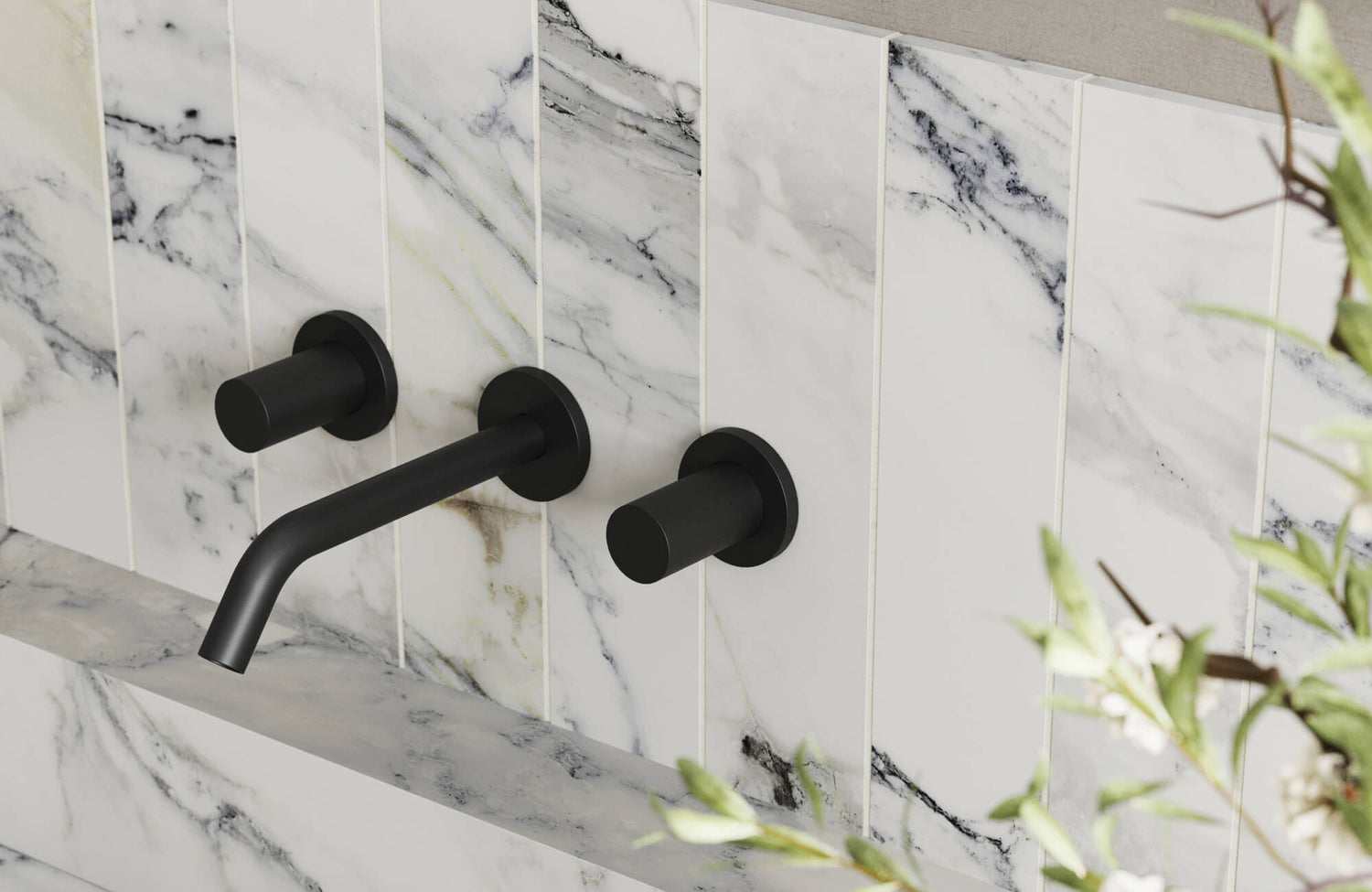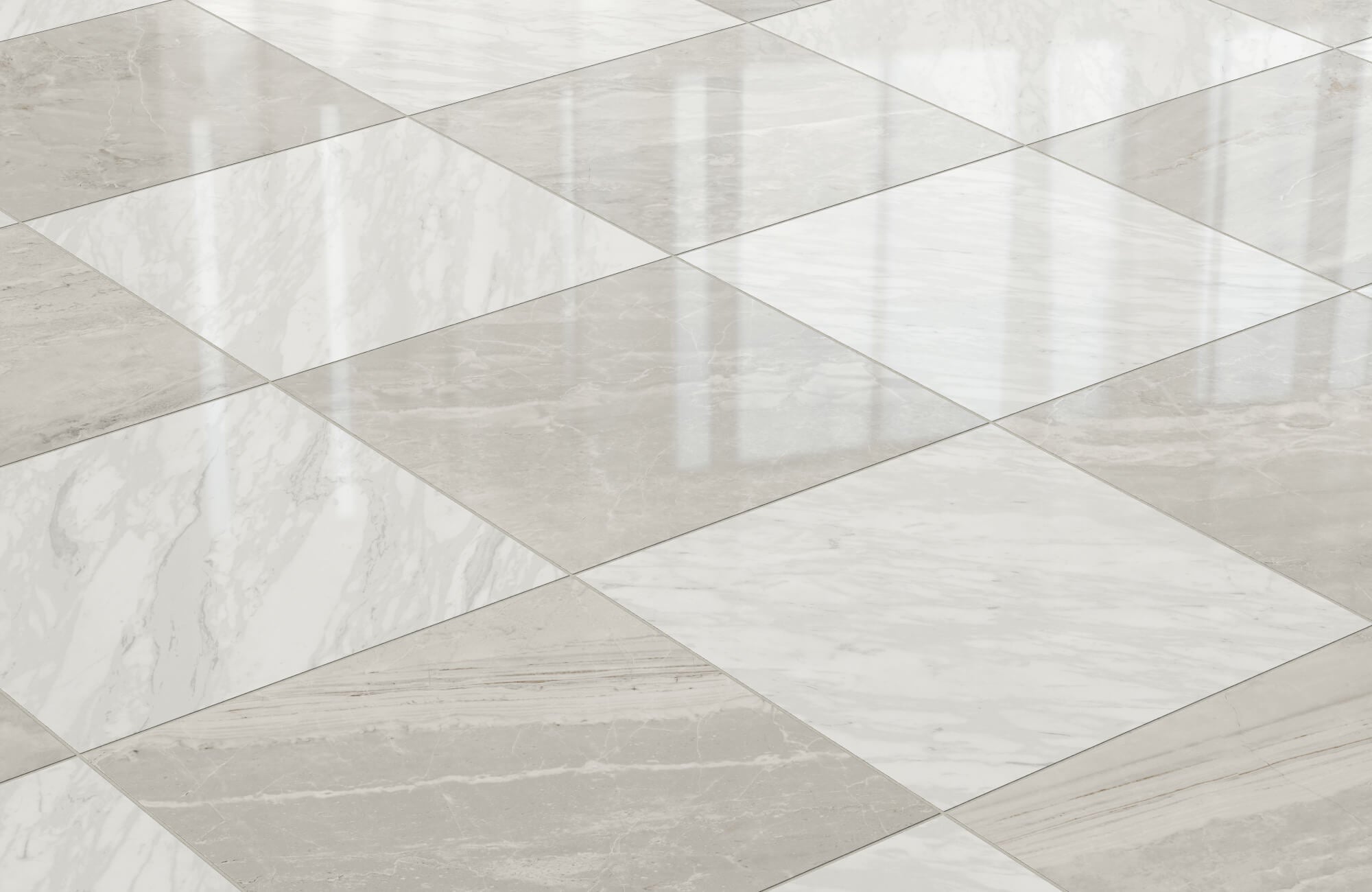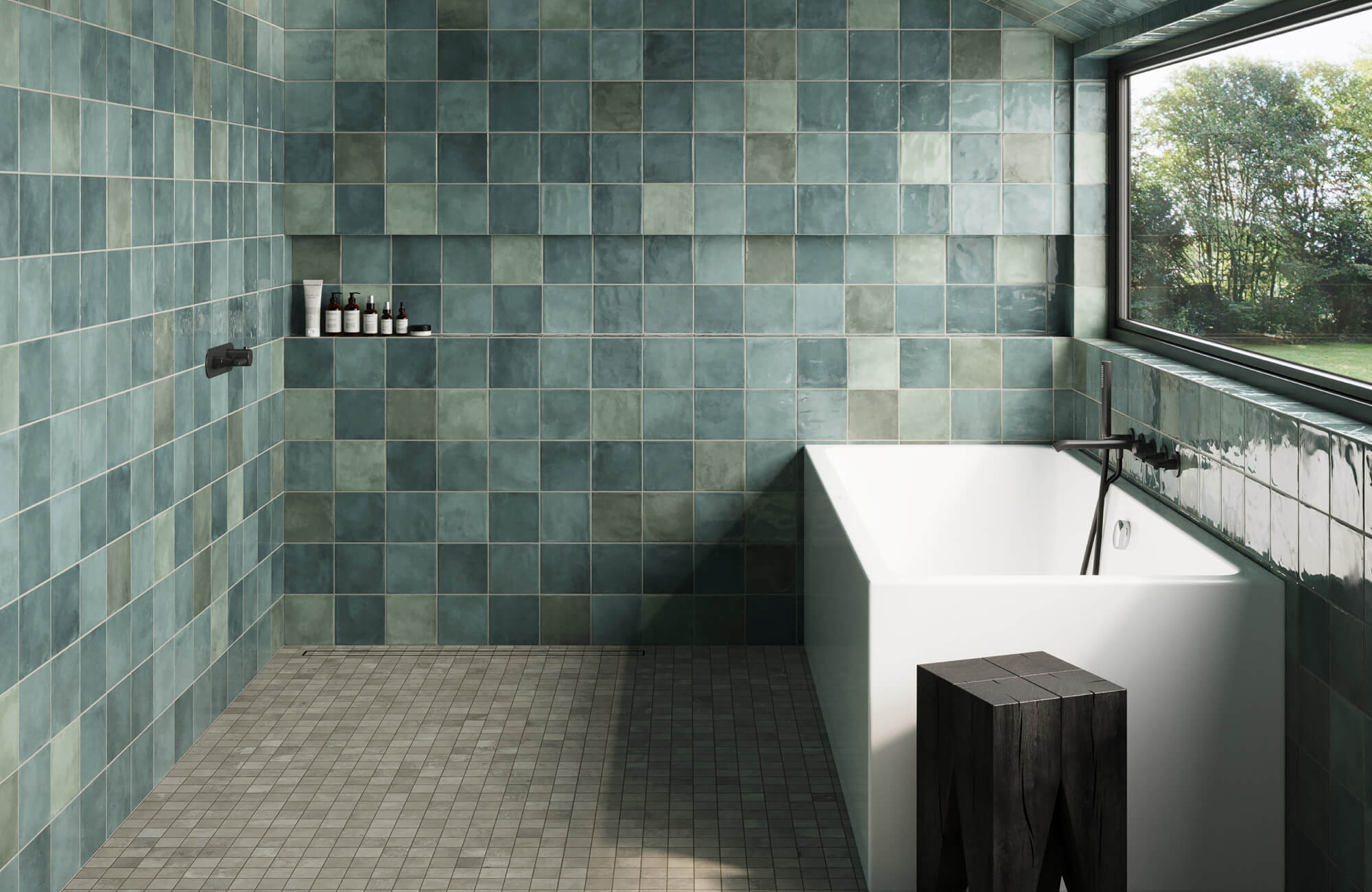Subway tiles are a top choice for modern and classic interiors alike, celebrated for their clean lines and timeless appeal. But one big question continues to surface among homeowners and DIYers: Can you install subway tiles without grout? Whether you’re renovating a bathroom, updating a kitchen backsplash, or designing a sleek feature wall, understanding the role of grout and whether you can skip it is essential. In this guide, we’ll explore the pros and cons of groutless subway tile installations, the impact on durability and design, and smart alternatives for achieving a seamless, grout-lite finish.

The Allure of Groutless Subway Tiles
Groutless subway tile installations offer a clean, minimalist aesthetic that can dramatically elevate the look of any space. By eliminating the lines and interruptions created by grout, groutless tiles create a seamless, flowing surface that visually expands the room. This is particularly beneficial in smaller spaces, where grout lines can make the area appear more cramped.
The uninterrupted surface of groutless tiles also provides a more contemporary and sophisticated look. It complements modern design elements like clean lines, neutral colors, and natural materials. Groutless tiles can also be used to create stunning feature walls, backsplashes, and shower surrounds.
The Maintenance Myth
One common misconception about groutless tiles is that they are easier to clean than traditional tiled surfaces. While it may seem like there would be fewer nooks and crannies for dirt and grime to accumulate, this is not always the case. Grout actually serves as a barrier against moisture and dirt, helping to prevent stains and mold growth.
Without grout, moisture can seep behind the tiles and potentially cause damage to the underlying substrate. Additionally, dirt and debris can become trapped between the tiles, leading to discoloration and a less hygienic surface. Regular cleaning and sealing are still essential for maintaining the appearance and longevity of groutless tile installations.
Perception of a DIY-Friendly Project
The prospect of skipping grout can be appealing to DIY enthusiasts who are looking for a simpler and faster installation process. However, it is important to note that installing subway tiles without grout requires a high level of precision and skill. Even small imperfections can be more noticeable without grout to mask them.
Moreover, groutless tile installations can be more challenging to seal and maintain. For some tiles, sealing is essential to protect them from moisture and stains, and it can be more difficult to apply sealant without grout to provide a barrier. DIYers who are not confident in their tiling skills may find it easier and more cost-effective to hire a professional installer.

Why Grout Matters?
While often overlooked, grout plays a crucial role in the longevity and aesthetic appeal of subway tile installations. Its presence is not merely a matter of design preference but a necessity for both structural integrity and moisture management.
The Hidden Imperfections
Subway tiles, despite their reputation for uniformity, are not perfectly identical. Even the most carefully manufactured tiles can exhibit subtle variations in size and thickness. These disparities, if left unaddressed, can lead to unsightly gaps or uneven surfaces. Grout, acting as a flexible adhesive, fills these gaps, creating a seamless and visually pleasing finish.
Imagine attempting to assemble a jigsaw puzzle without the interlocking pieces. The puzzle would be impossible to complete without the gaps being filled. Grout serves a similar function in tile installations, bridging the gaps between tiles and ensuring a cohesive appearance.
The Structural Significance
Beyond its aesthetic role, grout provides essential structural support. Buildings are subject to constant movement, whether due to temperature fluctuations, settling, or minor seismic activity. Without grout, the rigid tiles could crack or become dislodged, compromising the integrity of the installation.
Grout acts as a cushioning agent, absorbing the stresses caused by these movements. Its flexibility allows the tiles to shift slightly without breaking. This adaptability is particularly important in areas prone to earthquakes or other natural disasters, where the building's structure must be able to withstand seismic forces.
Moisture Management
One of the most critical functions of grout is moisture management. Water can seep behind tiles, potentially causing damage to the underlying substrate or leading to mold and mildew growth. Grout acts as a barrier, preventing moisture from penetrating the tile installation and protecting the building's structure.
In wet areas such as bathrooms and kitchens, grout is particularly essential. It helps to prevent water from seeping into the wall or floor, which could lead to costly repairs and potential health hazards. By creating a waterproof seal, grout protects the building from moisture-related damage and ensures a safe and healthy environment.
Ultimately, grout is not merely a decorative element in subway tile installations. It plays a vital role in ensuring the longevity, structural integrity, and moisture resistance of the installation. By understanding the importance of grout, homeowners and professionals can make informed decisions about tile installation and maintenance.

Exploring Alternatives for a Grout-Lite Look
While a completely groutless installation may not always be feasible or desirable, there are several alternatives available that can create a more minimal and seamless appearance.
Embrace the Micro-Grout Trend
The micro-grout trend has gained popularity in recent years, as it allows for incredibly thin grout lines that can create a nearly seamless appearance. For instance, Edward Martin's Mikayla 2.5x5 Glossy Ceramic Tile in Espresso, as displayed in the picture above, is perfect for achieving this sleek look. To maintain a cohesive and groutless aesthetic, it's crucial to match the grout color closely with the tile shade. This approach enhances the seamless effect, making the grout lines less visible.
Achieving this look requires using high-quality tiles with consistent dimensions and precise cutting techniques. Specialized spacers also help maintain a uniform distance between tiles, ensuring that grout lines remain as minimal as possible. While micro-grouting can be more intricate compared to traditional methods, the outcome offers a sophisticated, clean, and modern aesthetic without compromising the strength and functionality grout provides.
Beyond Subway Tiles
Not all tile types are suitable for groutless or micro-grout installations. Some tiles, such as interlocking mosaics or pre-grouted tiles, are naturally designed to create a seamless appearance without the need for additional grout. These tiles can be a great alternative for those who desire a grout-free look without the added complexity of traditional tile installation.
One excellent example is the Adeline 1x4 Matte Porcelain Mosaic Tile in Sand. With its refined, matte finish and narrow interlocking format, this tile provides a naturally cohesive look while still offering the durability of porcelain. Since the tiles are laid out in a mosaic pattern, they allow for tight seams and a more uniform appearance, reducing the need for prominent grout lines.
These kinds of tiles offer a practical yet stylish alternative for anyone seeking a clean, modern aesthetic without sacrificing performance or longevity. Whether you opt for interlocking mosaics like the Adeline or pre-grouted options, these tiles make it easier to achieve a grout-lite look with less installation hassle.
To help you confidently choose between grout, micro-grout, or grout-free aesthetics, Edward Martin offers an Augmented Reality (AR) tool. This tool allows you to digitally preview how various tile styles, including seamless or micro-grout finishes, will look in your space. By virtually placing tiles on your walls or floors, you can better evaluate color, texture, and layout in real time. Whether you're leaning toward a bold feature wall or a subtle, grout-lite backdrop, the AR tool empowers you to make informed design decisions before installation begins.
Weighing the Grout Opinions Between Experts
The decision to use grout or opt for a groutless installation can significantly impact the appearance, durability, and maintenance requirements of a subway tile project. To make an informed choice, it is essential to consider the perspectives of various professionals involved in the process.
The Professional Perspective
Tile installers and contractors often have strong opinions on the feasibility and practicality of groutless subway tile installations. Many professionals believe that grout is essential for the structural integrity and long-term durability of a tile installation. As previously emphasized, grout helps to prevent tiles from shifting or cracking, and it also provides a barrier against moisture that can cause damage to the underlying substrate.
While groutless installations may be possible in certain situations, they can be more challenging and time-consuming to execute. Tile installers must take extra care to ensure that the tiles are perfectly aligned and that there are no gaps between them. Any imperfections can be more noticeable without grout to mask them.
The Design Dilemma
Interior designers must carefully balance aesthetics and functionality when choosing whether or not to use grout. While groutless tiles offer a sleek, modern appeal, they may not be ideal for high-moisture or busy areas where durability and maintenance are key considerations. In such cases, the right tile and grout combination can still deliver elegance without compromising practicality.
Take, for instance, the Graham 3x6 Glossy Ceramic Tile in Clay, as shown in the photo above. Featured in refined, earth-toned installations like spa-inspired showers, this tile offers a handcrafted look with a rich, glossy finish that reflects light beautifully, even when paired with subtle, tonal grout. As seen in the image, the warm clay color and uneven edges create organic texture and depth, elevating the design while still maintaining visual cohesion.
In such cases, grout doesn't detract—it enhances. It highlights the artisan character of each tile and provides essential support and moisture resistance in wet areas like showers. This approach demonstrates how thoughtful tile and grout pairing can merge aesthetic intention with functional integrity, making it a go-to strategy for designers working across styles from modern minimalism to rustic refinement.
The Grout Guru
Tile manufacturers offer valuable insights into proper installation practices and suitable grout types, emphasizing the importance of sealing and the challenges of groutless setups. They may also suggest methods for achieving a grout-lite appearance using high-performance grouts or micro-grouting techniques. Consulting with manufacturers also ensures homeowners and professionals make informed decisions, achieving a lasting and visually appealing tile installation.
Making the Right Choice Between Grout and Groutless Subway Tile Installation
Deciding between a grout or groutless subway tile installation involves both aesthetic and functional considerations. While groutless tiles offer a sleek, modern look, they may not be suitable for all spaces or skill levels. It's crucial for homeowners to carefully weigh the pros and cons of each option, taking into account factors like the location of the installation, the desired level of durability, and their own skill and comfort level with tiling.
If you are an experienced DIYer and confident in your tiling abilities, a groutless installation may be achievable. However, if there are any uncertainties or concerns, consulting a professional tile installer or interior designer is recommended. Expert guidance can help determine the most suitable approach, ensuring the project’s success and longevity.








